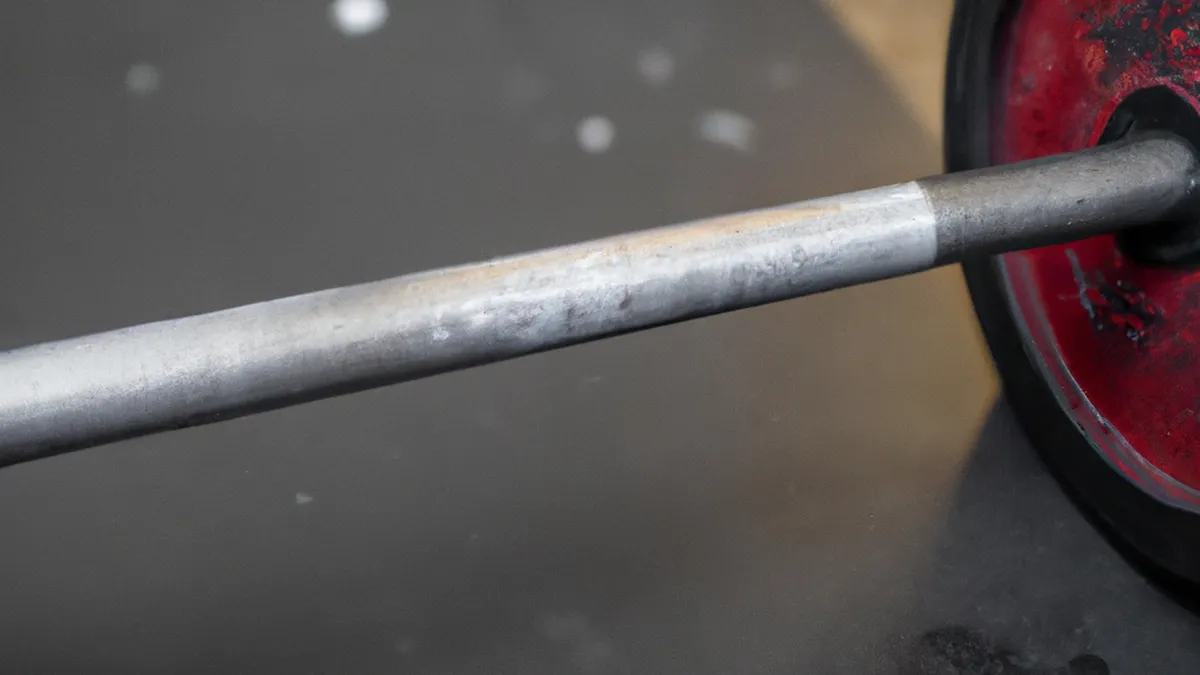Crush Your Workout with Bands
Pushing Against Resistance Bands: A Comprehensive GuideResistance bands serve as versatile tools for strength training. They help build muscle and improve fitness for everyone. Pushing against resistance bands can significantly enhance your workouts. This guide explores the types of resistance bands, usage tips, safety measures, and their advantages.
Understanding Resistance Bands
Resistance bands consist of elastic materials like rubber or latex. They come in various sizes, colors, and strengths. You can use them for both upper and lower body workouts. Unlike traditional weights, resistance bands provide continuous tension through the entire range of motion. This feature leads to different muscle engagement and more effective strength training.
Types of Resistance Bands
Three main types of resistance bands exist: loop bands, tube bands, and therapy bands.1. **Loop Bands:** These thicker bands form a continuous loop. They excel in leg and glute exercises, like squats and lateral walks. Loop bands come in various resistance levels to progressively overload your muscles.2. **Tube Bands:** These bands typically feature handles on both ends. You can use tube bands for upper body workouts like bicep curls and chest presses. They provide an ergonomic grip to enhance comfort during workouts.3. **Therapy Bands:** These bands are lighter and more flexible. You often find therapy bands in rehabilitation settings. They work well for gentle stretching and improving flexibility.
Choosing the Right Band
Select a resistance band that provides a comfortable challenge. A band that’s too light won’t stimulate muscle growth, while a heavy band may cause poor form and injury. Test different bands to find the right resistance for your strength level and goals.
Tips for Effective Resistance Band Workouts
As an Amazon Associate I earn from qualifying purchases.
Gear tip: consider resistance bands, adjustable dumbbells, and olympic barbell to support this topic.
Maximize your workouts with these tips:
Maintain Proper Form
Proper form is crucial for all exercises, especially with resistance bands. Bands can create tension that alters your mechanics. Focus on maintaining good posture and alignment throughout each movement. This practice helps target the right muscles and minimizes injury risk.
Engage Your Core
A strong core stabilizes your body during resistance band exercises. Engaging your core protects your spine and enhances overall strength. Before starting any exercise, tighten your core as if bracing for a gentle punch.
Vary Your Routine
Incorporate different exercises regularly to keep your workouts engaging.
Conclusion
Resistance bands enhance strength training and offer unique benefits. Choose the right band, maintain proper form, and engage your core for effective workouts.
Below are related products based on this post:
FAQ
What are resistance bands?
Resistance bands are versatile tools made of elastic materials like rubber or latex, designed for strength training. They come in various sizes, colors, and strengths, allowing for both upper and lower body workouts. Unlike traditional weights, they provide continuous tension throughout the entire range of motion, leading to different muscle engagement.
What are the main types of resistance bands?
The three main types of resistance bands are loop bands, tube bands, and therapy bands. Loop bands are thicker and ideal for leg exercises, tube bands have handles for upper body workouts, and therapy bands are lighter, often used for rehabilitation and flexibility exercises.
How can I ensure effective resistance band workouts?
To ensure effective workouts, maintain proper form to target the right muscles and minimize injury risk. Engaging your core is also important for stability and strength during exercises. Additionally, varying your routine can help keep workouts engaging and effective.















Post Comment